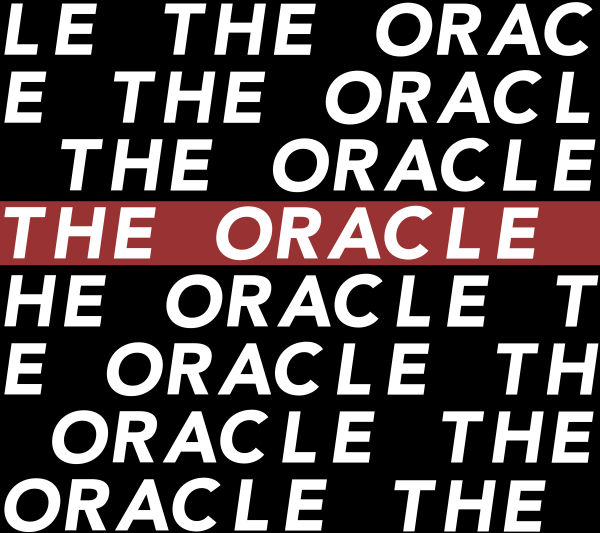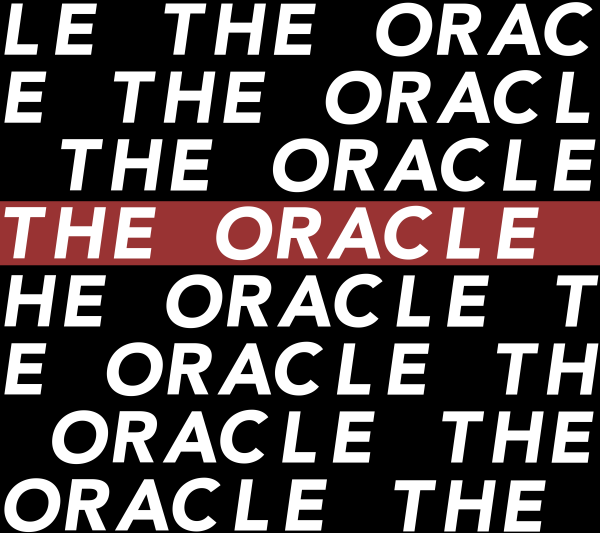Talking displacement and development
May 2, 2023
When we look at the intersection of Snelling and University Ave., it’s impossible to hold back from asking what the future has in store for our community.
Where there was once a strip mall, there is a glossy soccer stadium and parking lots. The CVS is closed and vacant awaiting its next fate. The high-traffic area has potential for businesses and real estate development, some people celebrate while others anxiously hold their breath. Development has a habit of displacing and replacing people, especially renters. What is in store for our community? What is in store for us?
Development, What’s it good for?
If you are anything like me, you are often asking yourself about changes that are necessary to make the community a better place to live and even grow up. I ask myself about the ways the community could become more environmentally friendly while remaining equitable. Reliable public transportation can reduce carbon emissions while providing an accessible service to people that cannot or do not rely on personal vehicles. Public transportation is just one form of development that can help elevate a community.
As the economy continues to shake and the land value bubble in the Twin Cities continues to inflate, there is another problem. Ever since the last housing crisis, it has been a major trend for large investment companies to scoop up as many rental properties as they can. The number of homeowners decreases while the renting population continues to rise.
It is often a shared experience among students and other renters alike that rent becomes more expansive while the living conditions of property continue to run down. College students trying adulting on their own generally don’t know how to navigate legal issues around landlord property neglect. More housing will reduce inflation while making use of vacant land, especially in the Hamline-Midway area.
We all enjoy more parks and recreational options as means of having a good quality of life, and no one has a complaint about convenience.
Libraries and community education centers are also excellent ways of improving the community. The shared amenities also create a place for our community members to get together. Strong community relationships, and friendship among neighbors, is one key way toward reducing crime while decreasing law enforcement interaction. Amenities such as the stadium are also often supported by small businesses because it attracts more customers. Reinvestment in small businesses is always a great thing, especially as they recover in a post-COVID time.
No one is fighting improved quality of life, development can be a good thing and we all know that. The problem is when development leads to displacement because the existing community was not considered, and equity was not kept on the bargaining table.
Displacement, a St. Paul History
An early historical example of a development that created intense levels of displacement is not far from here. The Rondo Neighborhood was already a vibrant African American community with many homeowners and small businesses by the 1930s. In the 1960s, the government decided to build an interstate right through it because it was allegedly the most efficient route from St. Paul to Minneapolis. Hundreds of people were forced to move with nothing to show for their abrupt displacement, many businesses were forced to close and never reopened.
This historical mass displacement that impacted one in eight African American people in St. Paul still creates intergenerational shockwaves to this day. Some organizations are in the process of developing a land bridge to re-connect the Rondo neighborhood and bring more local BIPOC small businesses into the community, but this is a long fight with slow progress if any. The best move would be to avoid making choices that create displacement in the first place.
From 2010 to 2013, University Avenue was under construction to install the Metro Green Line. During construction in the central corridor, many businesses struggled and even closed up for good because customers had limited access to the businesses. Many of the impacted businesses were Black-owned and located in predominantly communities of color; does this feel familiar?
After the construction was completed and the train began to transport a significant number of people, over 20,000 people rode the Green Line per day in January 2023. The end of construction was not the end of the community’s anxiety; developers will naturally want to move closer to the train stations.
Plenty of landowners in the area are well aware of these opportunities; KARE 11 noted that a lot of businesses were evicted after construction was completed. Speculation is that landowners are preparing to sell or lease that space to new construction or businesses. Regardless of the reasons why, businesses and people are being displaced and replaced.
The city of St. Paul approved a massive development project at the intersection of University and Snelling in 2016, a 35-acre “superblock” and soccer stadium. The overall development would include apartments, a hotel, offices and businesses. Some local small businesses are excited about the additional customers coming from out of town or the suburbs to see the games.
Many neighborhood advocates are concerned because more expensive rental properties will move in around the stadium and displace people who cannot afford the new apartments. Other local community voices are concerned that landowners will sit on vacant properties with the expectation of selling the property to developers, reducing the economic impact of those empty properties. With the mass evictions of small businesses, many people are anxious to find a way to support small businesses as development continues. While finding solutions for small businesses, it is important to include more affordable housing in development plans to avoid continuous mass displacement.
From Frogtown to the Hamline-Midway area, there are many lower-income families and students who take residence here. After the construction of the Allianz soccer stadium was completed in 2019, the demographic of homeowners and renters began to shift. More college-educated white families began to move to the Hamline-Midway area because they expected this location would “pop”. The increased demand for apartments has resulted in higher prices with no real way of reducing the costs; what if we just build new apartments?
This kind of debate is one St. Paul and Mayor Carter have been wrestling with for a couple of years over an apartment development proposal on Lexington Avenue. Many businesses and local organizations chimed in for the debate. Letters about a housing development on Lexington gave mixed reviews. Local businesses supported the use of a long-vacant lot and the proximity to additional customers. Local community organizations and nonprofits stressed concern about the lack of family housing, the high cost of apartments, and the disregard for mobility enhancement.
How do we develop? How do we reduce displacement?
The displacement issues that happened at Snelling University have made many communities in the Twin Cities metropolitan area weary to sign on for additional transit extensions, especially where construction is involved.
The Metropolitan Council, which advises and assists counties and cities on transportation, is focused on learning from community concerns and previous experience. Sam O’Connell of the Metropolitan Council spoke to me about gentrification and the Met Council’s Role in advising and assisting with transportation-related development. Large infrastructure projects such as transportation raise land values. Increased property value causes displacement when people can no longer afford to live there; this can also result in cultural displacement and eliminates cultural assets within the community.
It is important to preserve the people and culture of each neighborhood with each project. After what happened to local communities during the previous construction of the already existing Green and Blue Lines, community advocates initially declined to install an extension to the Blue Line. Metro transit infrastructure development provides transportation alternatives with a lower carbon footprint and reduces the cost of living for people who do use public transportation. Ultimately, it is a resource that should be available to help everyone, so how does the Met Council address and approach this issue?
“Move at the speed of trust,” O’Connell said.
The Met Council has an Equity advisory committee meant to understand the cumulative impact of the work and build plans to restore justice to the community. Community grassroots efforts strive to involve local voices in future planning, sometimes this looks like coordination with advisory, business and corridor management committees while working with pre-established community advocacy organizations that magnify the voices of marginalized people in the neighborhood. “We don’t know it all.” Providing quick and thorough responses to concerned neighborhood residents and hiring staff with lived experience in neighborhoods of interest.
After coming to an agreement to resume construction on the Blue Line extension, they avoid displacement by working on the project concurrently (one at a time), avoiding private property as much as possible, and as quickly as possible to reduce the impact on the community.







